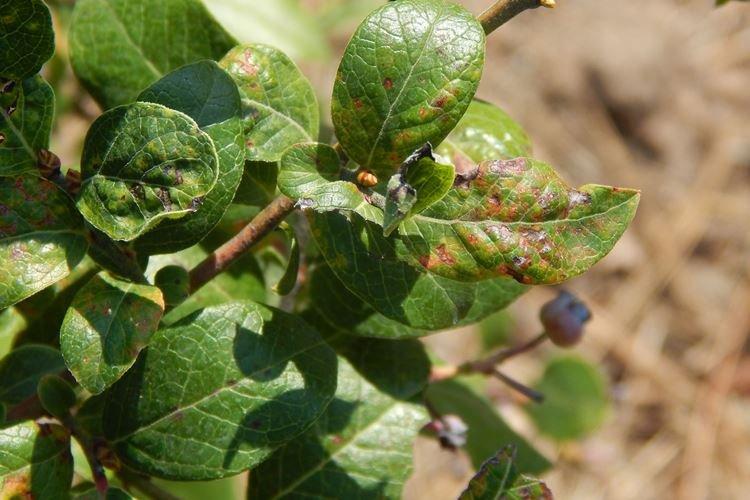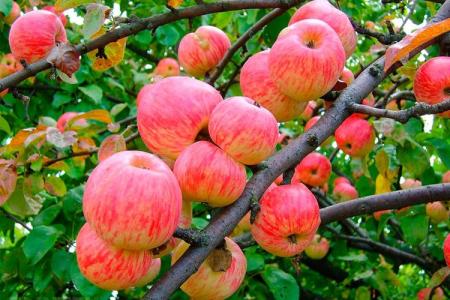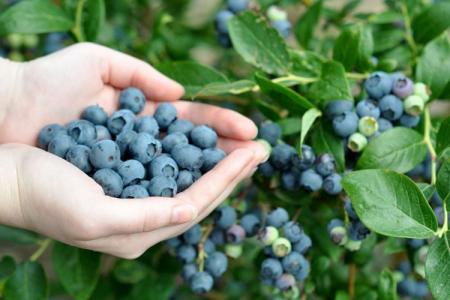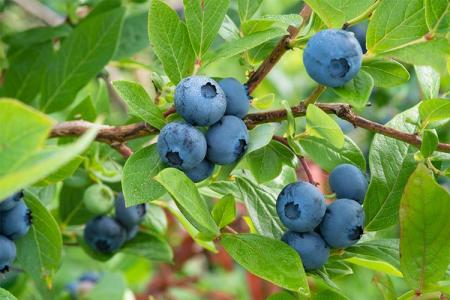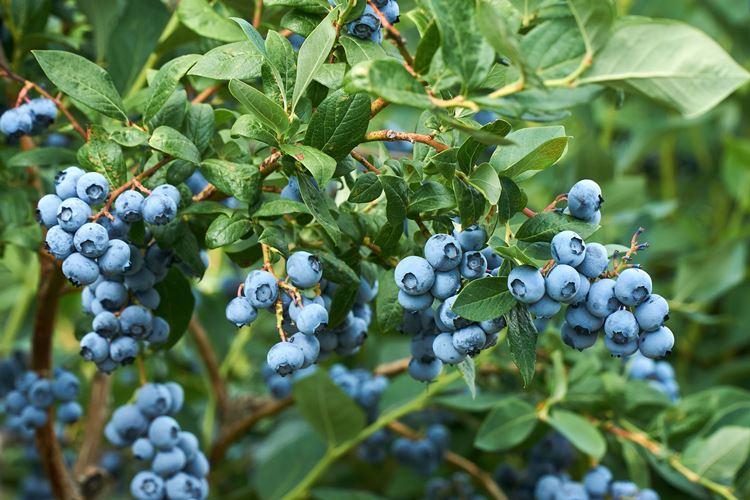
You have long dreamed of a dense bush of fragrant blueberries, but you don't know which variety to choose? What to do when all the descriptions have been read long ago, and at first glance everything is so tempting? Experienced gardeners almost unanimously agree on one thing: take the Patriot and you won't go wrong! And we will tell you about the features of its planting and care!
Description and characteristics of the variety
Patriot is an American variety bred by breeders in 1976. Initially it was used for green hedges and in landscape design, but the taste of blueberries was appreciated only in the late nineties. And now it is one of the most popular varieties both in industry and in summer cottages.
The berries of the Patriot variety at first seem a little strange - they are slightly flattened, of an irregular diameter, with a green spot at the stalk. But all doubts fade into the background after the very first tasting of juicy, sweet, dense fruits.
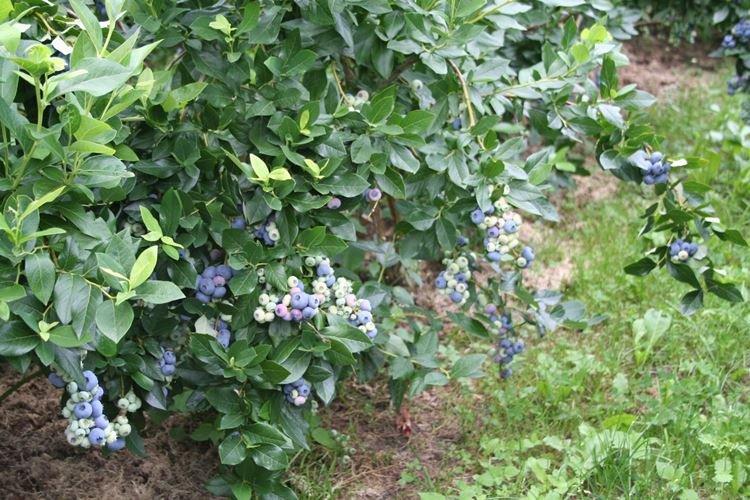
A medium-sized bush reaches a height of 1.6 m, but more often grows within 1.2-1.4 m. It is erect, but branches well, therefore it is very decorative and grows into a real ball over time. The oval leaves of the Patriot have an unusual reddish tint, but as they grow, they turn green and then brighten.
In May, the shrub is covered with large clusters of pale pink bell flowers. The densely branched root system goes into the ground only 40 cm, so it requires careful handling. The maximum fruiting occurs around the fifth year.
Keep in mind that the Patriot blooms early, so frostbite is possible in regions with too strong spring frosts. The largest berries are the first, which can grow up to 1.9 cm in diameter. For each next harvest, they gradually become smaller, but this does not affect the taste in any way.
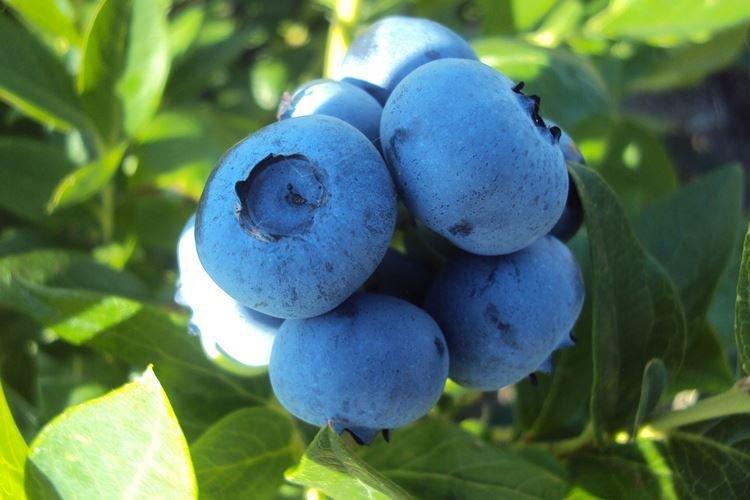
Blueberry Care Patriot
In terms of leaving, Patriot is a very hassle-free variety, so even beginners do not have any problems with it. There are no specific nuances in relation to other varieties and blueberries in general.
Temperature
Best of all, Patriot blueberries bear fruit at a standard summer temperature of about +25 degrees. But it is a winter-hardy variety, suitable for regions with short summers.
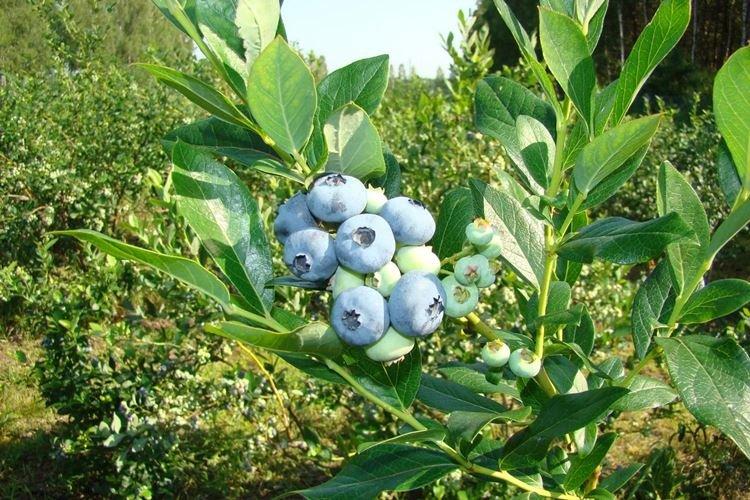
Lighting
Patriot prefers bright sunlight, open areas and high ground. In the shade, this variety bears much worse fruit, and the berries lose their taste. In addition, you need good ventilation, but at the same time without drafts.
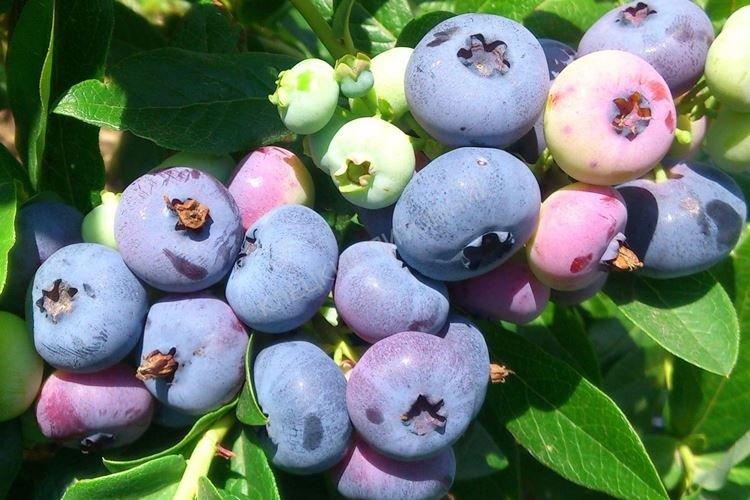
Watering
Blueberry Patriot loves humidity, but does not tolerate dampness, constantly wet soil and close occurrence of groundwater. Make sure to drain well so that moisture does not stagnate, otherwise it will be difficult to avoid fungus and rot. During the season, water the bushes several times a week to keep the soil constantly moist, but not swampy.
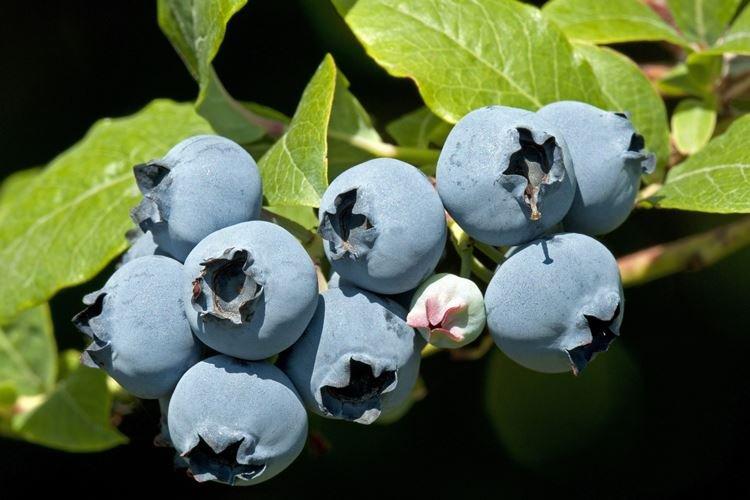
The soil
Light and breathable sandy or sandy loam soils are what you need for Patriot blueberries. The main thing is that the soil should be acidic, with a pH of at least 4.5 to 6. This is the main requirement for good growth of blueberries, and it is not the most usual one, because in the garden it is more often necessary to deoxidize the soil than vice versa.
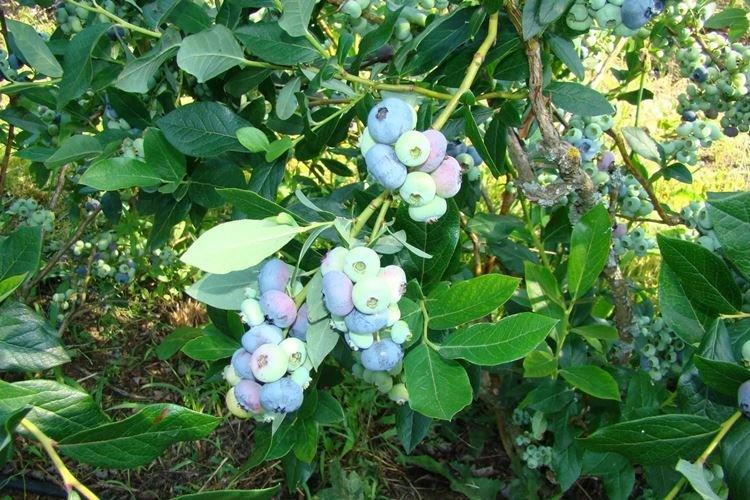
Top dressing
Blueberries are a rare case where acidic nitrogen fertilizers can be generously used without ash or dolomite flour. Add half of the complex at the beginning of spring, and divide the second into two parts - just before flowering and before the formation of ovaries. We recommend that you refuse organic matter, because it is not very suitable for blueberries.
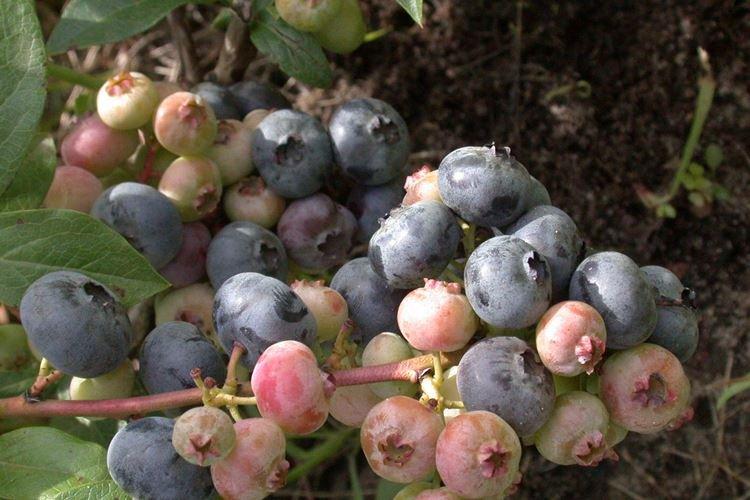
Reproduction
Blueberry Patriot is propagated by cuttings from young strong shoots. But it is more difficult with layering - in a favorable situation, they take root faster, but in general the effectiveness of the method is lower. Always use stimulants anyway, because rooting is the biggest challenge in blueberry care.
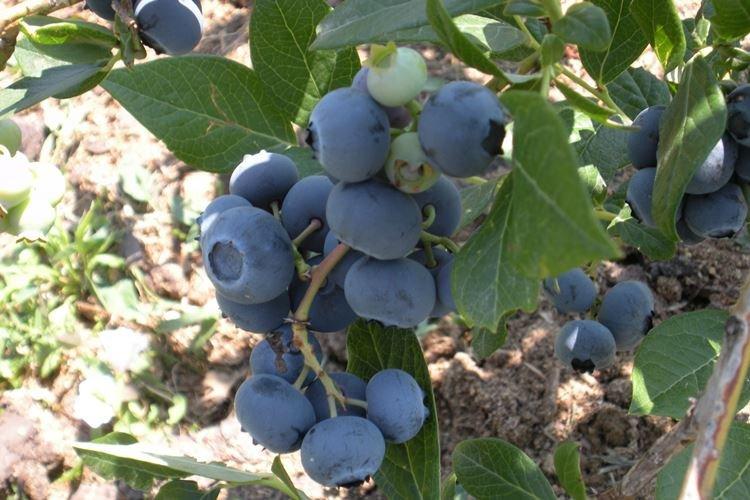
Pollination
Patriot is a self-pollinating variety, so it can be grown separately. But, as is the case with blueberries in general, the best yields are obtained with cross-pollination. For this, several varieties must grow nearby, which bloom at the same time.
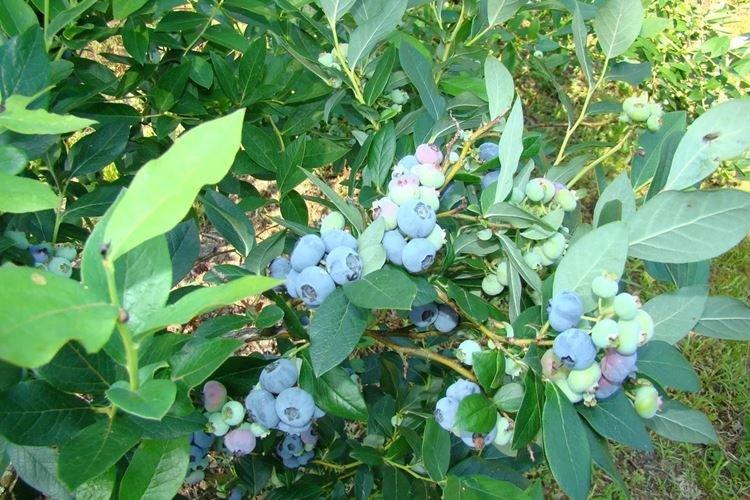
Pruning
The Patriot variety is prone to regular thickening and crop overload. Because of this, the shrub constantly lacks nutrients, and the berries - space. So that the crop does not grow smaller and weaker, regular intensive pruning is needed from about the third year, and sanitary and cosmetic - from the first.
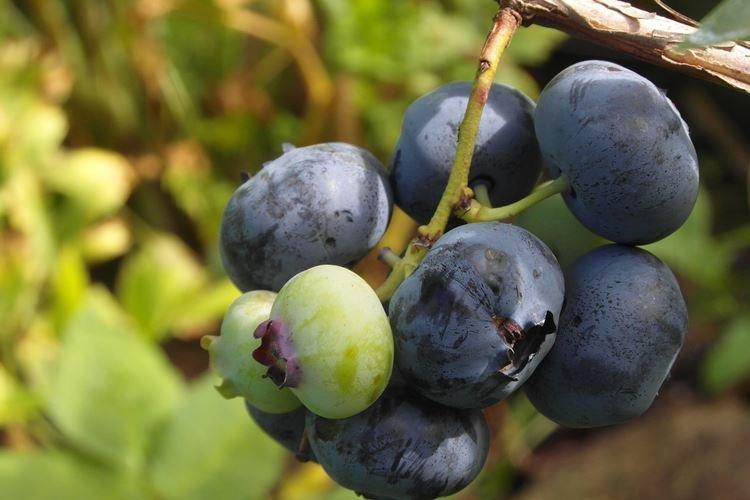
Harvesting
The first large Patriot berries are quite delicate, so it's best to pick them by hand. But all subsequent parties already tolerate mechanized harvesting normally. Harvesting occurs in mid-July, and the yield of mature bushes varies from 6 to 9 kg.
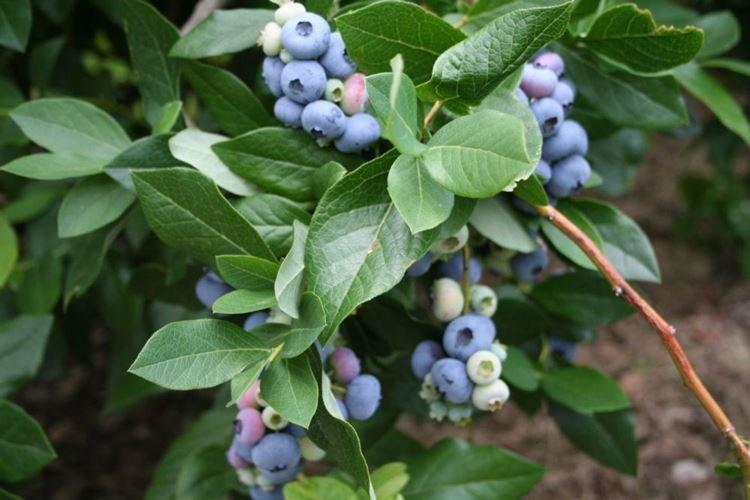
Wintering
According to various testimonies, the bush does not freeze at temperatures from -30 to -40 degrees. But if the winters in your region are snowless, we recommend insulating the shrub with spruce branches, corn or agrotextile.
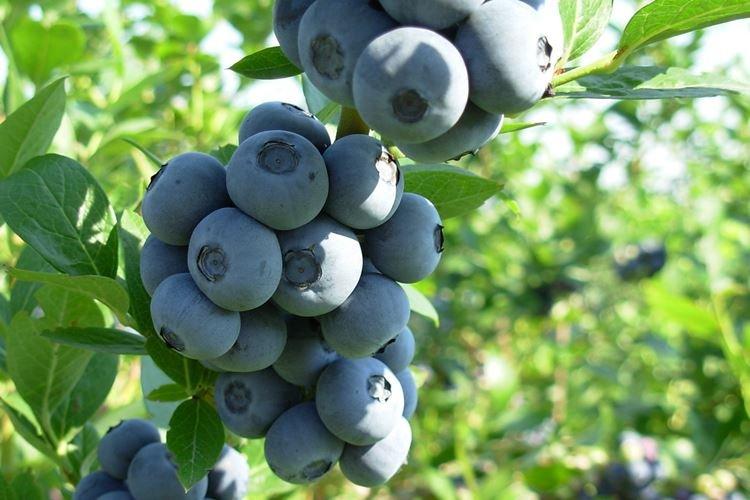
Planting blueberries Patriot
Patriot blueberries are best planted in early spring, because fall is too cold for them. When planting, spread the rhizome and spread it a couple of centimeters below the level that was in the container. Be sure to mulch the root zone to protect and nourish the roots.
For a tall shrub, a pit of about 80x80x50 cm is needed, or a wide trench for mass planting. Leave at least 1.5 m between the seedlings, and all 3 between the rows. The seedlings can be compacted, but then you will need significantly more fertilizers, and in general this is only relevant for industrial plantings.
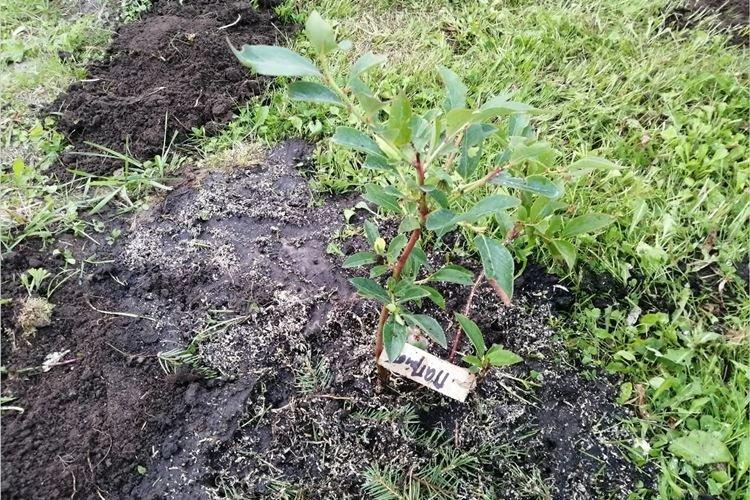
Pest and disease control
Blueberry Patriot practically does not get sick, like other breeding varieties. It is genetically resistant to late blight, fungus and root rot. For prophylaxis against pests and fungi, it is enough to carry out seasonal spraying with pesticides.
May beetles eat blueberry leaves and flowers, and their roots eat their larvae. Aphids, ticks and caterpillars do not so often settle on berries, especially on processed ones. If you do not remove old branches, tree pests can appear. So the main thing is to sanitize on time, collect carrion and mulch the soil.
